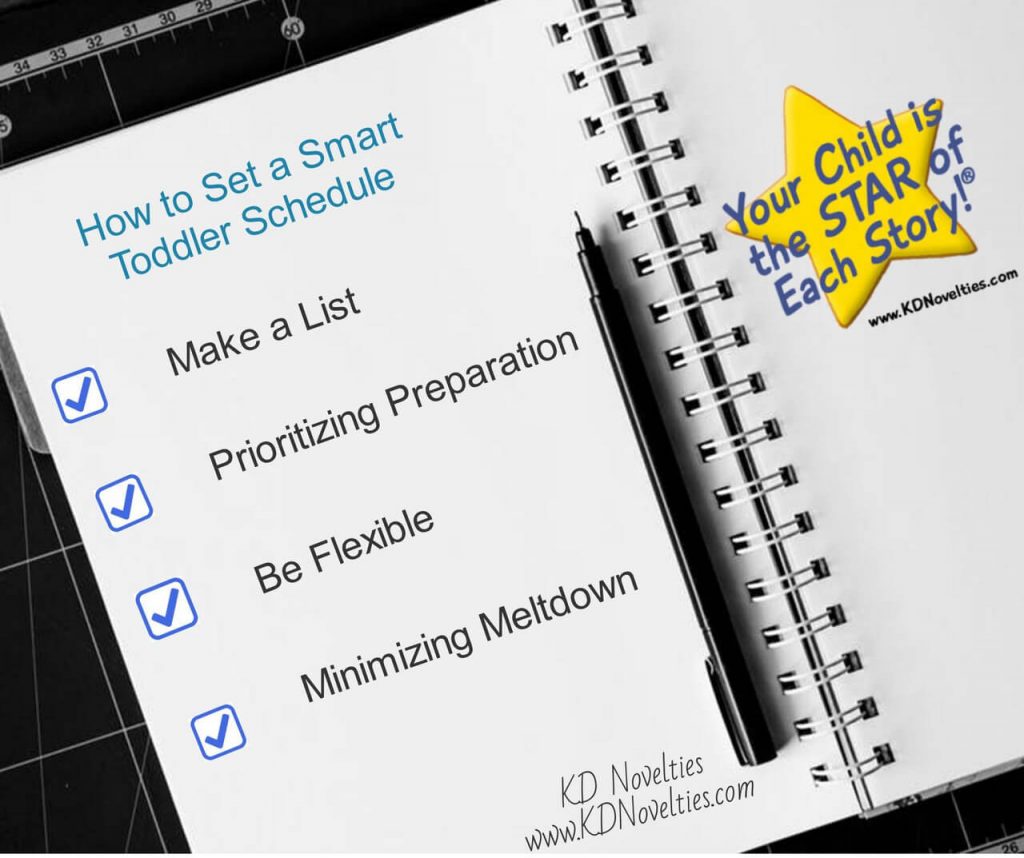Arts and crafts can help kids show off and explore their creative side, but aside from dabbling in the arts, crafts can help kids explore other subjects like science and engineering. The purpose of STEM for children is to develop a variety of skills that are essential for success: critical thinking and problem solving, creativity and innovation, communication, collaboration, and entrepreneurship, to name a few. STEM standing for Science, Technology, Engineering and Math. Adding Art to the mix makes STEAM.
A 2014 study published by the America Society for Engineering Education identified several characteristics of quality STEM programs:
- The context is motivating, engaging, and real-world.
2. Students integrate and apply meaningful and important mathematics and science content.
3. Teaching methods are inquiry-based and student-centered.
4. Students engage in solving engineering challenges using an engineering design process.
5. Teamwork and communications are a major focus. Throughout the program, students have the freedom to think critically, creatively, and innovatively, as well as opportunities to fail and try again in safe environments.
Therefore, we researched and found a few fun STEAM and STEM crafts that parents can join their kids in creating.
Invisible Ink
What you need:
-1 lemon
-cotton swab(s)
-sheet of white paper
-sunlight
-iron or lightbulb
What to do:
- Squeeze the lemon juice into a bowl and add a spoonful of water. Mix gently. Dip the swab into the liquid and write a message or draw a picture on the paper.
- Let the liquid dry completely so that the message or picture is invisible. To share your secret, set it in sunlight, hold close to a lightbulb, or iron (with adult help).
- The message will be revealed! Hang it as artwork or share it with a friend.
Diluting or adding water to the lemon juice makes it very hard to see when you apply it to the paper, but lemon juice is an organic substance that oxidizes and turns brown when it’s heated up. This means that no one will notice that the secret is there until the paper is heated and the message is revealed! Other substances that work in the same way include orange juice, honey diluted with water, milk, onion juice, and vinegar.

Bath Bombs
What you need:
– ½ cup citric acid
– 1 cup baking soda
– ½ cup corn starch
– ½ cup Epsom salt
– Essential oil of your choice
– 1 tsp. water
– 1 tsp. olive oil
– Sphere-shaped mold (we used clear plastic ornaments)
What to do:
- Combine citric acid, baking soda, corn starch, and Epsom salt in a large bowl. Mix well and set aside. In a small bowl, mix together one or two drops of essential oil, water, and olive oil.
- Add the wet mixture to the dry very slowly. Mix it together quickly and thoroughly so it doesn’t begin to bubble. Once it’s all combined, let the mixture sit for a few minutes; it should look and feel like wet sand. If it’s still too dry, add a drop of olive oil, but don’t oversaturate.
- Separate the mixture into smaller bowls and add food coloring, mixing in the color by hand.
- Layer the different colors in both halves of a sphere-shaped mold and pack them down. When each side is filled with a slight mound, press them together and gently rotate until the sides lock.
- Let the bomb dry in the mold for a few minutes, then carefully remove the top half. Leave it for another hour or two, then carefully turn the bottom half out of the mold. Let it dry overnight.
Bonus!
Hide a surprise inside like a small plastic toy, glitter, or costume jewelry when layering the bath bomb mixture. As the bath bomb fizzes into the water, your prize will be revealed.
Solar System Mobile
What you need:
– About 2 oz. 100% wool roving in assorted colors
– Two 38-gauge star-point felting needles
– Felting pad or dense foam
– White fiberfill stuffing
– White paint
– 2 paint-stirring sticks
– Drill and 3/32-inch drill bit
– White baker’s twine or thin cotton yarn
– Sewing needle with a large eye
– Brass fish-eye hook
– Small brass chain
What to do:
- To make a planet, pull off a few inches of roving and roll it into a ball so it fits in your palm. Pin onto the felt pad with one needle and use the other to “felt,” or to press the needle up and down repeatedly. The tiny barbs on the end of the felting needle compress the fibers into a desired shape. Turn the roving often and continue felting until it forms a semi-firm and uniform ball. Felt on a thin piece of roving in a different color if desired (to make the blue swirls on Neptune, for instance). Repeat to make additional planets.
- To make the sun, pull a 4- to 5-inch-diameter tuft of stuffing and wrap with yellow roving to cover stuffing completely.
- Paint two paint-stirring sticks and let dry. Mark five holes, spaced about 3 inches apart, on one of the paint sticks. Drill. Place the drilled stick over the other one as a template, mark holes, and drill.
- With the sticks in an “X” shape, line up the center holes; use the needle to thread the sun through the center hole. Knot to desired length. Twist in the fish-eye hook from the top to secure the paint sticks together. Secure the planets to yarn with the needle and thread up through remaining eight holes. Knot in place at desired heights.
- Add a chain to hang; felt on small amounts of wool to planets as needed to balance the mobile.
Yardstick Launcher
What you need:
– Clean metal can (like a coffee can)
– Scrapbook paper
– Tape
– Yardstick
– Acrylic paint and paintbrush
– Hot glue
– 4 plastic disposable cups
– Rubber band
– Ping-pong balls or other small objects
What to do:
1. Cover the can with scrapbook paper and secure with tape. Paint the yardstick; let dry.
- Use hot glue to attach the plastic party cups to one end of the yardstick (an adult’s job). Secure the can to the middle of the yardstick with a rubber band.
- Place ping-pong balls or other small objects in the cups, then stomp or press down firmly on the free end of the yardstick to launch the projectiles across the room.
How does it work?
A lever is a simple machine made from a rigid beam (in this case, the yardstick) and a fulcrum (the can). When a downward force is applied to one side, it triggers an opposite reaction, sending the unattached load (the ping-pong balls) flying. You can change the amount of effort it takes to move those balls by adjusting the mechanism, too: the closer the can is to the cups, the less work it takes to move the projectiles.


